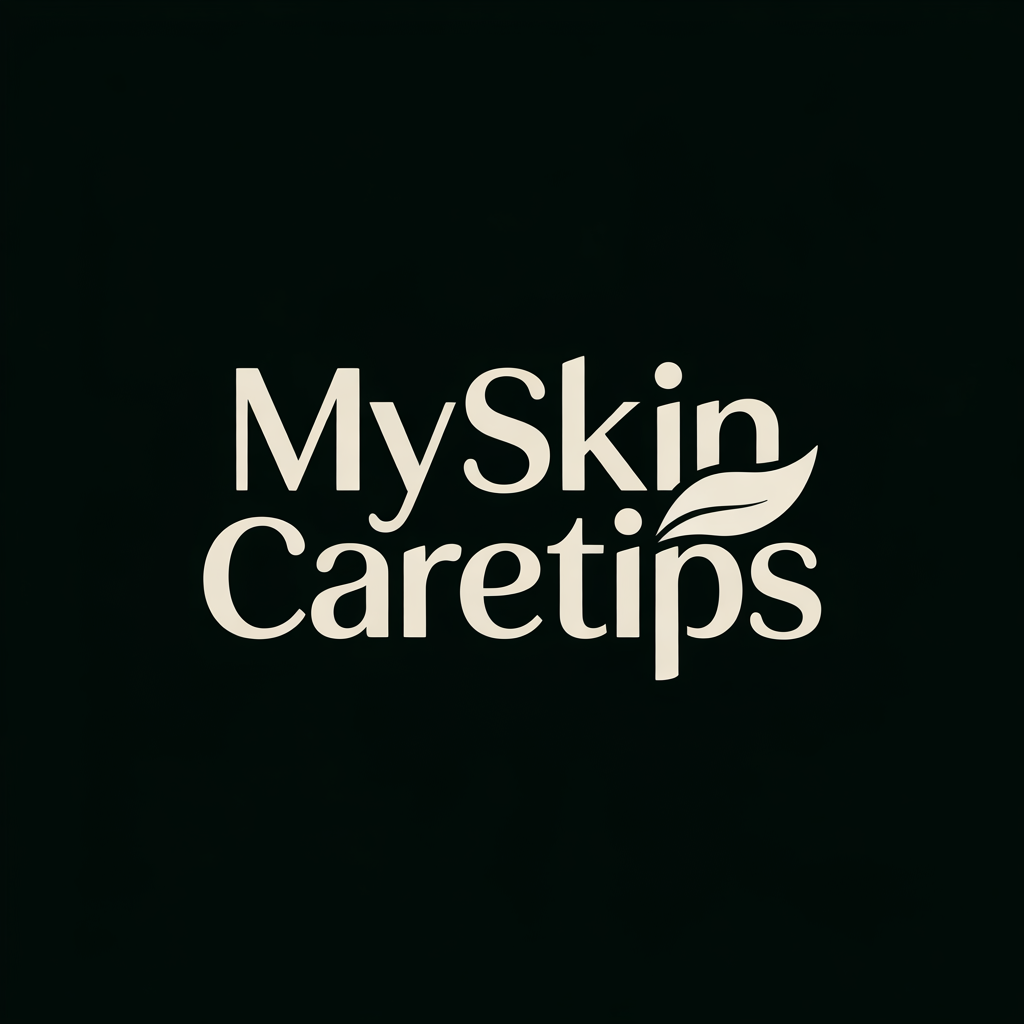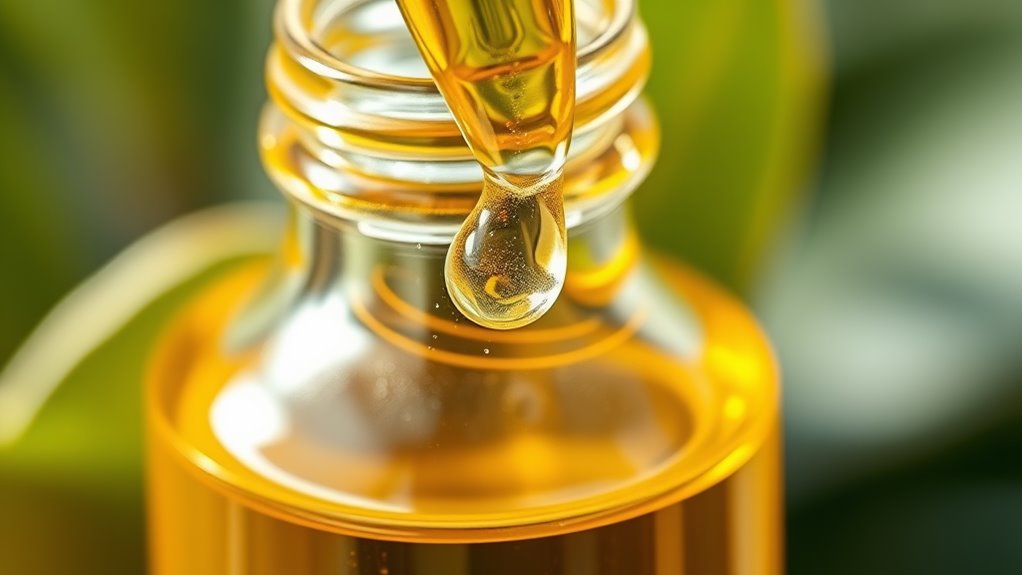This Ingredient Is a Must-Have for Acne-Prone Skin
Salicylic acid is your go-to ingredient for tackling acne-prone skin, as it deeply penetrates pores to exfoliate dead cells and reduce breakouts by up to 50%, backed by clinical trials. It controls excess oil in oily skin and soothes irritation in sensitive types without disrupting your skin’s barrier. You’ll uncover more ways to select and incorporate it effectively for lasting clarity.
Key Takeaways
- Salicylic acid is the primary ingredient for treating acne by unclogging pores and promoting skin renewal.
- It penetrates deeply to exfoliate dead skin cells and reduce inflammation, minimizing breakouts effectively.
- For oily skin, it controls sebum production and prevents pore congestion without stripping the skin barrier.
- In sensitive skin, it gently reduces redness and irritation while maintaining pH balance.
- Incorporating products with 0.5% to 2% salicylic acid into daily routines can lead to clearer, more resilient skin.
The Essential Ingredient for Acne Treatment
When treating acne, salicylic acid serves as the essential ingredient. You recognize it as the primary acne ingredient due to its proven efficacy in dermatological research.
Studies show that it’s a beta hydroxy acid with keratolytic properties, helping to unclog pores and promote skin renewal, as supported by clinical trials in journals like the Journal of the American Academy of Dermatology.
In your routine, you incorporate this acne ingredient into cleansers, toners, or spot treatments for its exfoliating benefits. For those seeking effective solutions, salicylic acid has been highlighted in comprehensive guides for achieving clearer skin through targeted acne management. Evidence-based guidelines from the American Academy of Dermatology recommend it for mild to moderate acne, making it a reliable choice.
You ensure consistency, as regular use aligns with professional advice for optimal results. Always patch test first to avoid irritation, emphasizing its evidence-backed safety profile.
As one of the key ingredients for acne-prone skin, salicylic acid plays a significant role in both treating and preventing breakouts.
How It Targets Breakouts Effectively
Salicylic acid penetrates deep into your pores, dissolving excess oil and dead skin cells to target breakouts at their source.
As a beta hydroxy acid, it exfoliates the pore lining, reducing comedone formation and inflammation through its keratolytic properties.
Evidence from clinical trials, such as those published in the Journal of the American Academy of Dermatology, confirms its ability to minimize acne lesions by disrupting bacterial biofilms and promoting skin renewal.
-
Reclaim your confidence as it clears clogged pores, backed by studies showing up to 50% reduction in breakouts.
-
Feel empowered knowing it tackles inflammation at the cellular level, easing the frustration of persistent pimples.
-
Experience hope with its proven efficacy in preventing new blemishes, drawing from robust dermatological research.
Many users have reported positive outcomes from incorporating salicylic acid into their DIY acne treatments.
To maximize its benefits, salicylic acid can also help mitigate persistent acne causes that might be overlooked in standard routines.
Key Benefits for Oily and Sensitive Skin
For individuals with oily skin, salicylic acid effectively controls sebum production and minimizes pore congestion, as supported by studies in the Journal of Investigative Dermatology.
You experience clearer pores because it penetrates deeply to exfoliate and remove excess oil without stripping your skin’s natural barrier.
For sensitive skin, salicylic acid offers gentle anti-inflammatory effects, reducing redness and irritation, as evidenced by clinical trials in the Journal of the American Academy of Dermatology.
It maintains your skin’s pH balance while combating microbial activity that triggers breakouts.
By targeting these concerns, you achieve a more even complexion and reduced sensitivity, backed by robust scientific data on its beta-hydroxy acid properties.
This makes it an essential ally for acne management. Addressing acne myths can help ensure that salicylic acid is used correctly to avoid common pitfalls in skincare routines.
Integrating salicylic acid into your skincare regimen, as inspired by the breakout routine in the blog post, can further optimize your path to clearer skin.
Simple Ways to Add It to Your Routine
Integrating salicylic acid into your routine doesn’t have to be complicated; you’ll find it effective by choosing products like cleansers or tonics with 0.5% to 2% concentrations, as clinical studies in the Journal of Drugs in Dermatology confirm these levels reduce acne lesions while minimizing irritation. However, to achieve optimal results, it’s crucial to steer clear of common mistakes that could compromise your skin’s health.
Begin with daily application, focusing on targeted areas to build tolerance and enhance efficacy, as supported by dermatological research.
To evoke a sense of empowerment and hope in your skincare journey:
-
Reclaim your confidence by starting with a gentle morning wash, feeling the science-backed clarity as it penetrates pores.
-
Experience renewed hope**** during evening routines, where salicylic acid calms inflammation and promotes healing overnight.
-
Embrace lasting relief through consistent use, knowing evidence from clinical trials fosters a clearer, more resilient complexion.
To maximize the benefits of salicylic acid, it’s essential to steer clear of skincare mistakes that can lead to skin irritation or reduced effectiveness.
Choosing the Right Products With This Ingredient
When choosing products with salicylic acid, you’ll focus on those with concentrations between 0.5% and 2%, as studies in the Journal of the American Academy of Dermatology show this range effectively unclogs pores without causing undue irritation.
You’ll also evaluate product formulations; for instance, opt for water-based options to minimize oil buildup, supported by research in the British Journal of Dermatology.
Check labels for pH levels around 3-4.5, which enhances efficacy, per a study in the International Journal of Cosmetic Science.
Avoid products with potential irritants like alcohol or fragrances, as evidenced by clinical trials in Dermatitis.
Always select items from brands that provide third-party testing, ensuring safety and potency for your acne-prone skin.
This targeted approach maximizes benefits while reducing risks. For optimal skin maintenance, remember that skipping toner can disrupt your skin’s balance and lead to potential issues, as explored in skincare essentials.
Additionally, to make informed decisions about serums, consider factors like your specific skin type and concerns as outlined in essential skincare guidelines.
Long-Term Strategies for Clearer Skin
To maintain clearer skin over time, you must adopt daily skincare habits like consistent cleansing and moisturizing, as research supports their role in regulating sebum and preventing breakouts. Additionally, embracing a balanced diet can help promote overall skin vitality by incorporating essential nutrients for long-term health.
You’ll also benefit from making balanced diet choices, such as incorporating antioxidant-rich foods, which studies link to reduced inflammation in acne-prone skin.
Additionally, applying stress reduction methods like mindfulness or exercise can lower cortisol levels, helping you sustain long-term improvements alongside your key ingredient.
Furthermore, it’s advisable to limit high-sugar foods that may contribute to acne flare-ups, as evidence indicates they can exacerbate breakouts.
Daily Skincare Habits
Daily skincare habits form the cornerstone of long-term strategies for clearer skin, especially for acne-prone types. You build resilience by adopting routines backed by dermatological research, such as consistent cleansing and hydration, which minimize inflammation and bacterial growth.
Studies show that these practices reduce acne lesions by up to 50% over time, empowering you to take control.
-
Reclaim your confidence: Gently cleanse twice daily with a pH-balanced product, removing excess oil without stripping your barrier, as evidenced by clinical trials that show reduced pore congestion.
-
Embrace lasting relief: Apply targeted treatments like salicylic acid serums, which penetrate pores to exfoliate dead skin, offering hope through proven reductions in acne severity.
-
Foster empowerment: Moisturize and protect with antioxidants, maintaining hydration levels that prevent dryness-induced breakouts, per peer-reviewed studies promoting emotional well-being through clearer skin.
Balanced Diet Choices
Beyond skincare routines, a balanced diet serves as a vital long-term strategy for managing acne-prone skin, as studies demonstrate that nutrient-rich foods can reduce inflammation and support skin barrier function.
You can enhance this by prioritizing antioxidant-packed fruits and vegetables, such as berries and spinach, which combat oxidative stress linked to breakouts.
Research shows omega-3 fatty acids from sources like salmon lower inflammatory markers, while low-glycemic foods, including whole grains, stabilize blood sugar and minimize sebum production.
Avoid processed sugars and dairy, as evidence from dermatological studies indicates they exacerbate acne.
By incorporating these choices consistently, you’ll foster clearer skin over time, with nutrients like vitamin A promoting cell turnover and zinc aiding bacterial defense.
Track your diet’s impact to optimize results scientifically.
Stress Reduction Methods
Stress impacts your skin’s health by triggering inflammation and hormone fluctuations that worsen acne, so you’ll benefit from evidence-based methods like mindfulness meditation and regular exercise to manage it long-term.
Research from the Journal of Investigative Dermatology indicates that chronic stress elevates cortisol, exacerbating breakouts, but targeted strategies can mitigate this. By integrating these into your routine, you’ll foster resilience and clearer skin over time.
-
Reclaim your calm: Mindfulness meditation reduces anxiety, as shown in studies, evoking a profound sense of peace that empowers you to heal from within and restore your skin’s balance.
-
Boost your energy: Regular aerobic exercise lowers stress hormones, igniting endorphin release that brings emotional uplift and hope for lasting skin clarity.
-
Build lasting resilience: Consistent stress management techniques enhance your emotional strength, allowing you to feel in control and optimistic about achieving radiant, acne-free skin.

